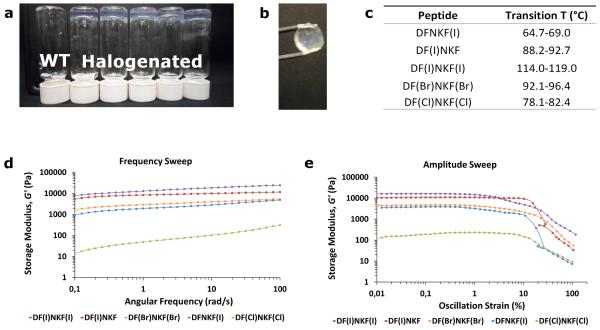Figure 2. Characterization of hydrogels formed by halogenated DFNKF derivatives.
a, Photograph of vials containing 15 mM peptide solutions upon aging 12 hours at r.t. After this period, all halogenated peptides formed clear hydrogels whereas the wild-type peptide DFNKF (WT) remained as a viscous fluid. b, The hydrogel formed by DF(I)NKF(I) was the most shape-persistent of all gels. The gel was prepared using the ring-cast method at 15 mM concentration and imaged after 48 hours. c, Gel-sol transition temperatures of 15 mM halogenated peptide hydrogels formed in 48 hours. d, Rheological characterization of the gels by frequency sweep studies whereby the storage modulus (G’) was recorded as a function of angular frequency (ω). The peptide DF(I)NKF(I) was determined to be the strongest gel with G’ > 104 Pa. e, Amplitude sweep studies of peptide hydrogels showing G’ as a function of oscillation strain (γ). All halogenated hydrogels show similar linear viscoelastic region (LVR) profiles. Peptide hydrogels at a concentration of 15 mM were utilized for the rheological measurements after 48 hours from preparation. For the loss moduli, see the Supplementary Figure 3.

